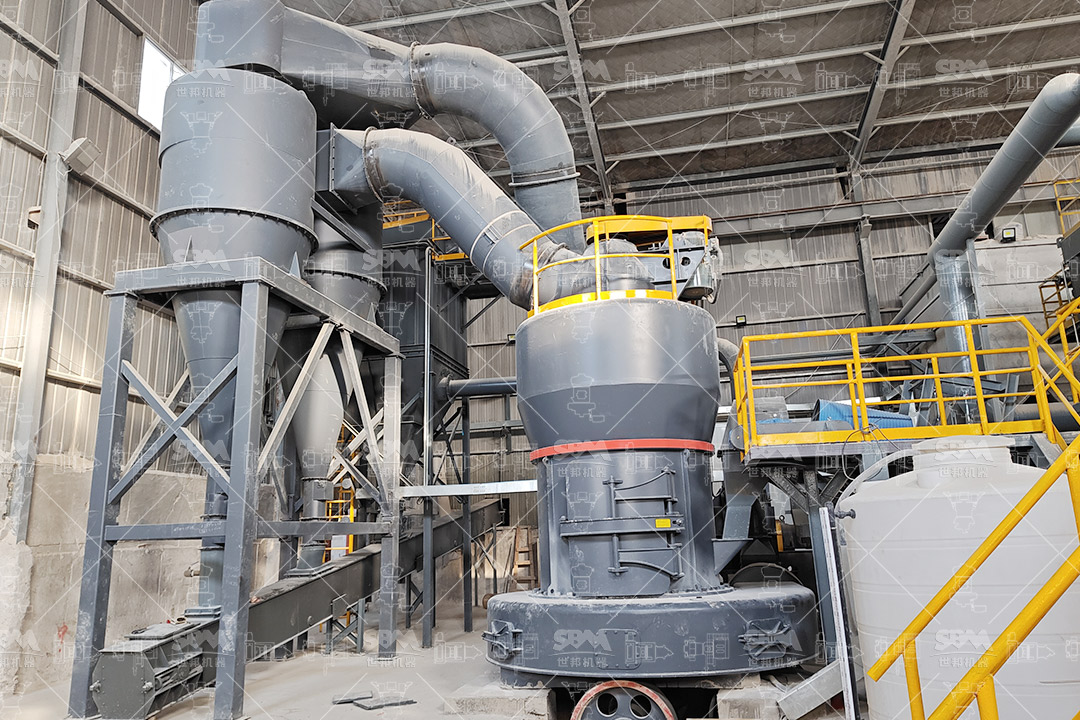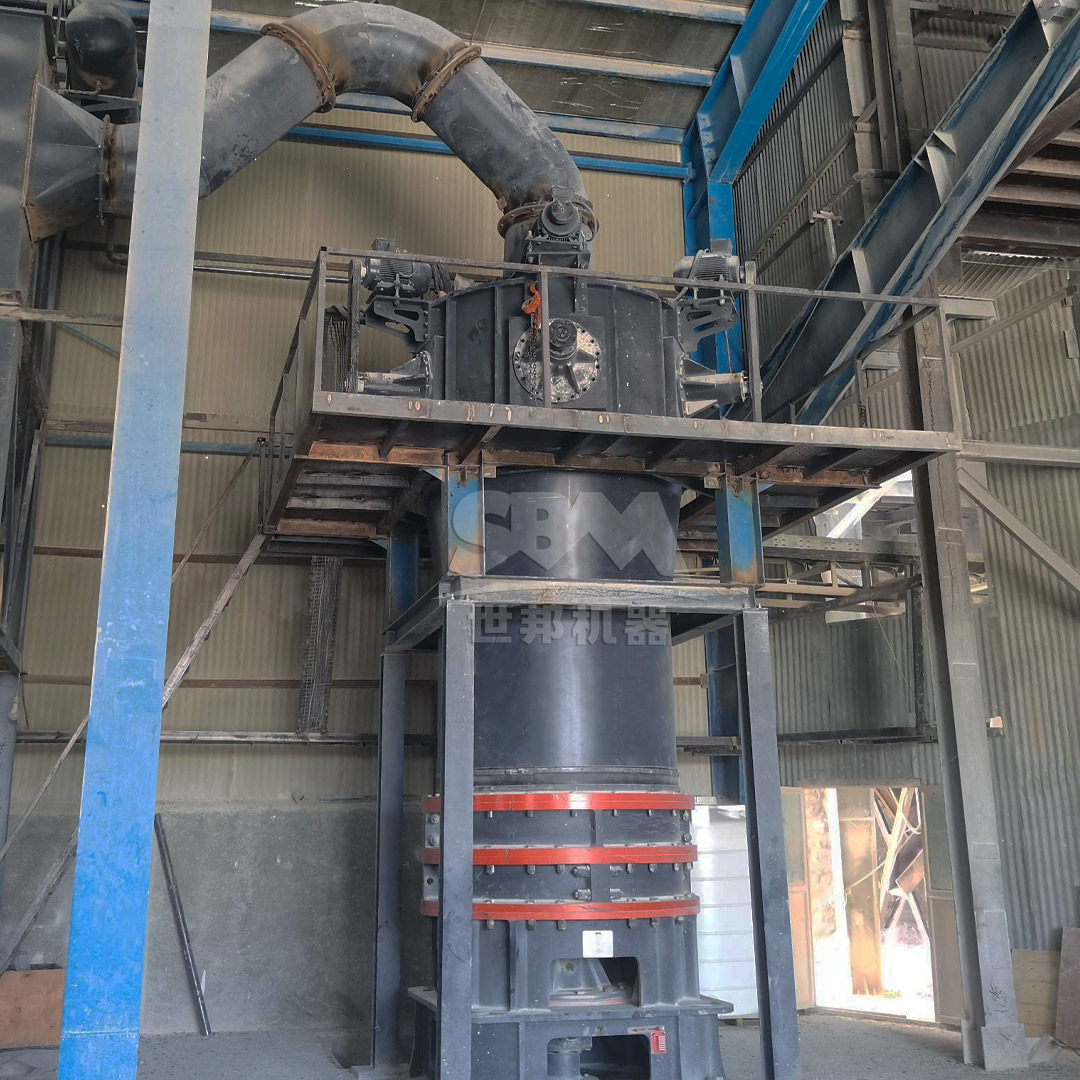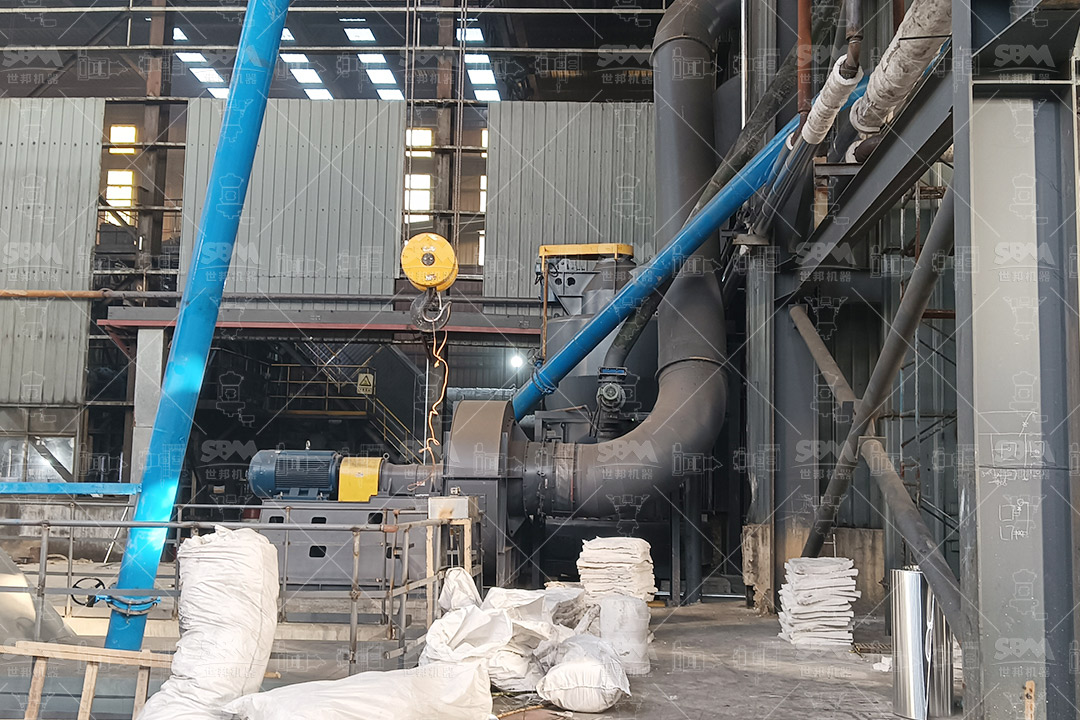The global shift toward sustainable materials has positioned bio-based plastics as a critical alternative to conventional petroleum-derived polymers. Among various fillers and reinforcing agents, calcite powder has emerged as a vital component in enhancing the mechanical, thermal, and economic properties of bio-based plastics. However, the efficacy of calcite as a functional filler is heavily dependent on its particle size distribution, purity, and surface characteristics—attributes directly influenced by the milling technology employed. This article explores the role of advanced calcite powder mills in optimizing bio-based plastics production, with a focus on achieving superior product performance through precision grinding solutions.

Calcite, a naturally occurring form of calcium carbonate (CaCO3), serves as an economical and environmentally benign filler in bio-based plastics such as polylactic acid (PLA), polyhydroxyalkanoates (PHA), and starch-based blends. Its incorporation offers multiple benefits:
However, the effectiveness of calcite hinges on achieving a narrow particle size distribution (PSD) and high surface area, which facilitate optimal polymer-filler interaction. Agglomerates or coarse particles can act as stress concentrators, leading to premature failure. Thus, the selection of an appropriate milling system is paramount.
Producing calcite powder suitable for bio-based plastics involves overcoming several technical challenges:
Advanced milling technologies address these challenges through innovative design and process control.
Modern calcite mills integrate precision grinding, classification, and dust collection to deliver consistent, high-quality powder. Two standout technologies—ultrafine mills and trapezium mills—offer distinct advantages for bio-plastics applications.
For bio-plastics requiring ultra-fine fillers (e.g., transparent films or high-strength composites), the SCM Ultrafine Mill excels with its ability to produce powders in the range of 325–2500 mesh (D97 ≤ 5 μm). Key features include:
| Model | Processing Capacity (t/h) | Main Motor Power (kW) | Output Fineness (mesh) |
|---|---|---|---|
| SCM800 | 0.5–4.5 | 75 | 325–2500 |
| SCM1000 | 1.0–8.5 | 132 | 325–2500 |
| SCM1680 | 5.0–25 | 315 | 325–2500 |
In bio-plastics production, the SCM series enables the formulation of composites with enhanced barrier properties and surface finish, critical for packaging and automotive applications.

When processing larger volumes of calcite for commodity bio-plastics (e.g., disposable utensils or agricultural films), the MTW Series Trapezium Mill offers an optimal balance between throughput and fineness (30–325 mesh). Its advantages include:
| Model | Processing Capacity (t/h) | Main Motor Power (kW) | Output Fineness (mesh) |
|---|---|---|---|
| MTW138Z | 6–17 | 90 | 10–325 |
| MTW175G | 9.5–25 | 160 | 10–325 |
| MTW215G | 15–45 | 280 | 10–325 |
The MTW mill is particularly suited for compounding facilities where high output and consistent quality are prioritized.
A leading bio-plastics manufacturer sought to improve the stiffness and heat resistance of PLA while reducing material costs. By adopting the SCM1000 Ultrafine Mill to produce calcite powder with D97 = 6 μm, they achieved:
This case underscores how advanced milling directly translates to superior composite properties and operational savings.
The synergy between calcite fillers and bio-based plastics will continue to evolve, driven by demands for sustainability and performance. Emerging trends include:

In conclusion, the role of calcite powder in bio-based plastics is inextricably linked to advancements in milling technology. The SCM Ultrafine Mill and MTW Series Trapezium Mill represent cutting-edge solutions that address the critical needs of fineness control, energy efficiency, and environmental compliance. By investing in these technologies, producers can unlock the full potential of calcite-filled bio-plastics, contributing to a more sustainable and high-performance materials economy.